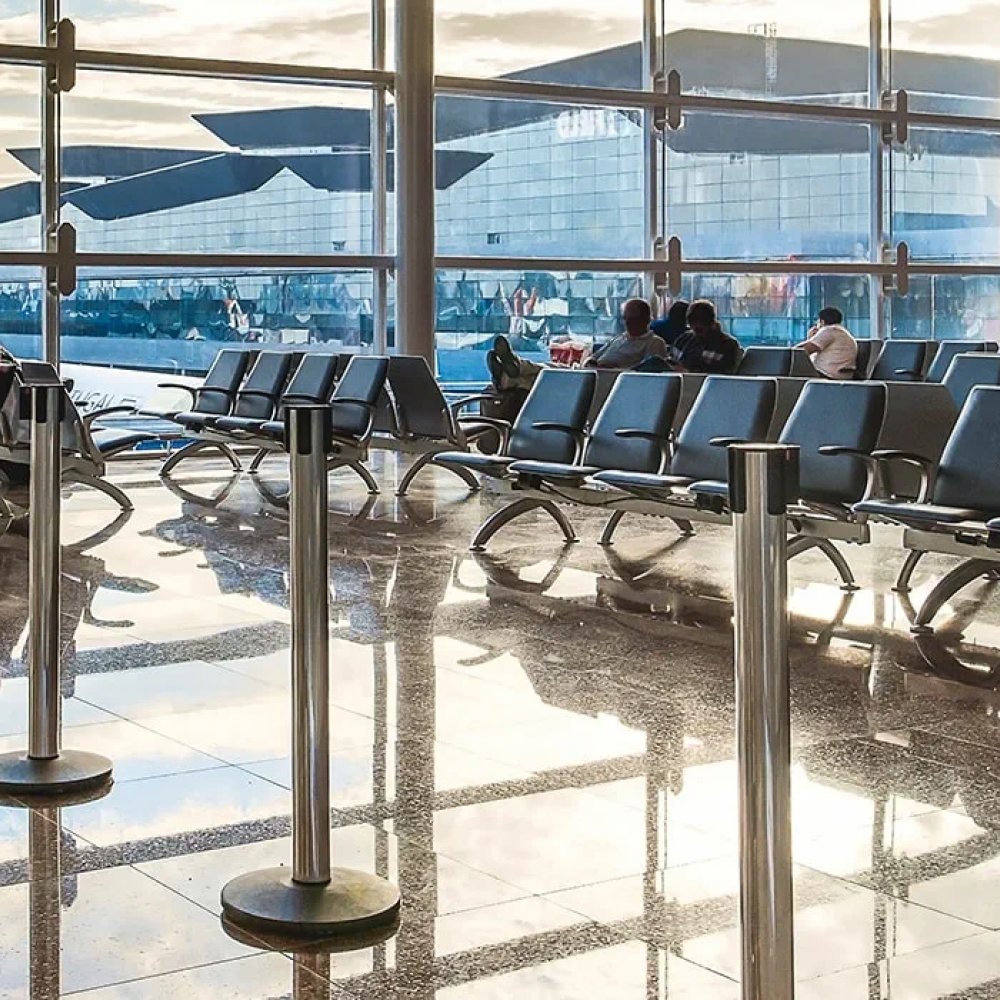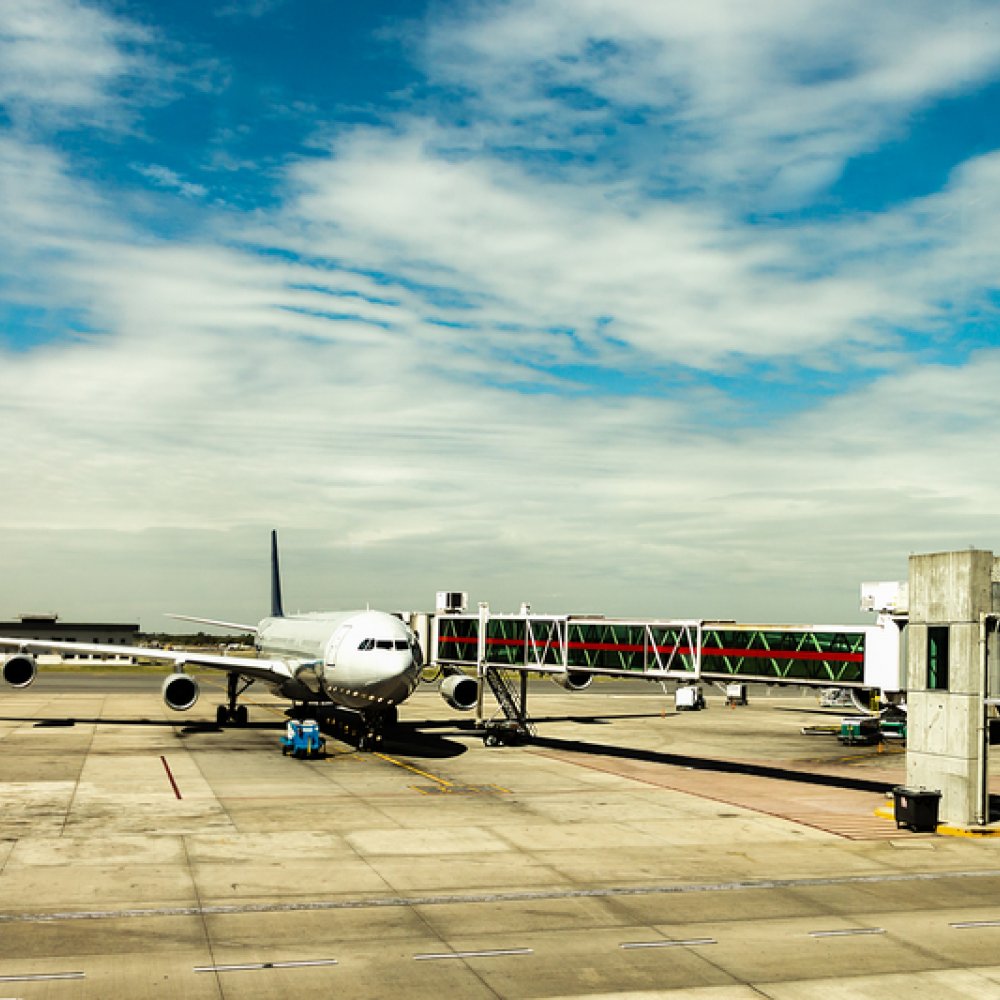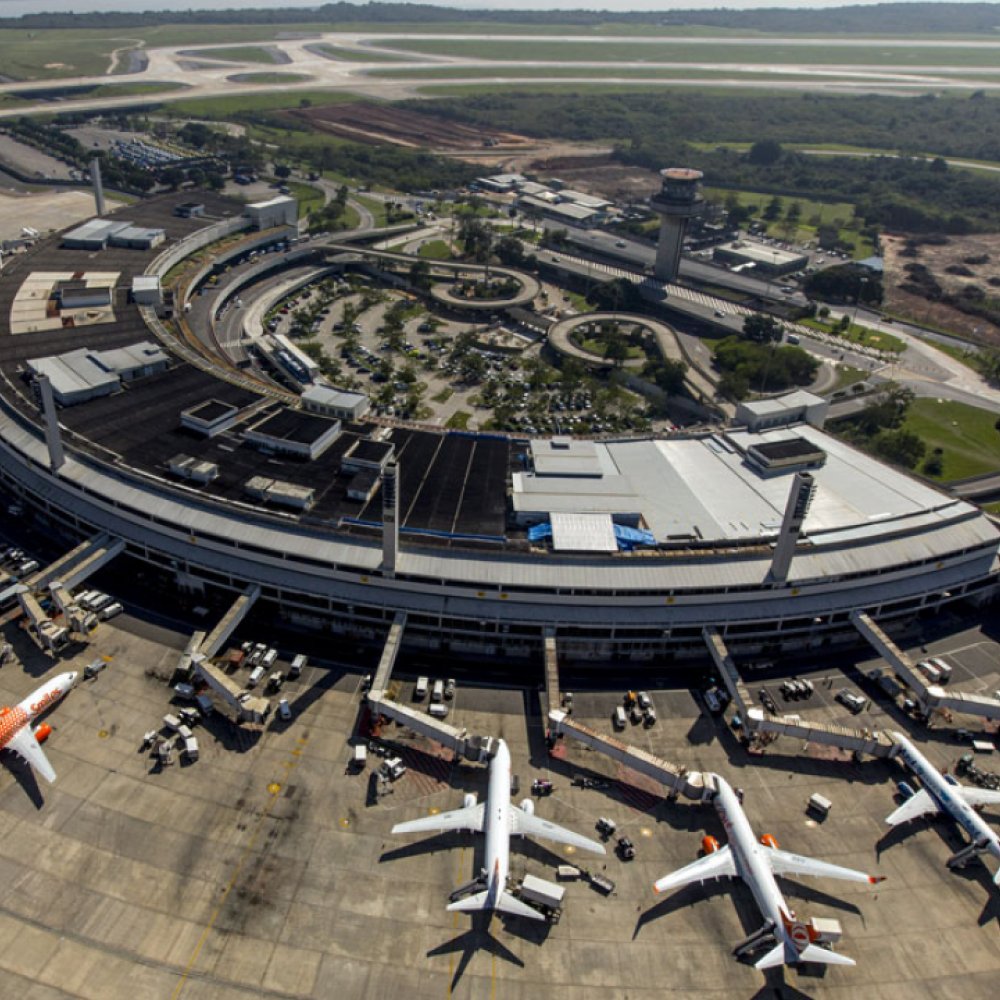Picture this: you’re standing in the heart of Rio de Janeiro, the city buzzing with vibrant life, the sun dipping low behind the towering Sugarloaf Mountain. Your flight is early tomorrow morning, and the clock is ticking. How exactly do you make it to Rio de Janeiro Airport, BR without adding unnecessary stress? The city’s sprawling streets, unpredictable traffic jams, and diverse transport options can feel overwhelming when all you want is a smooth, punctual trip to catch your flight.
When I last landed at Rio de Janeiro Airport, BR, I found myself weighing every option — from the speedy rideshares that swooped me through the evening pulse of Lapa neighbourhood, to the calm of the train that glided alongside the shores of Guanabara Bay. Whether you're stepping off a plane or gearing up to leave the city, planning your airport transfer carefully can save you priceless hours and worry.
This guide is designed to walk you through each step with confidence. We’ll explore taxis, rideshares, rail, and buses — comparing prices, times, and what you need to know for each. Plus, handy tips on saving money, avoiding common pitfalls, and even a sample timeline so you know exactly when to leave your hotel. Buckle up, because your journey to Rio de Janeiro Airport, BR starts here — stress-free and sure-footed.

Why Plan Your Airport Transfer?
When you’re navigating how to get to Rio de Janeiro Airport, BR, planning your transfer is more than just convenience — it’s a necessity in a city where traffic can swing wildly depending on the time and day. Without a solid plan, you might find yourself stuck in jams that could turn a 40-minute ride into an hour and a half ordeal.
Timely arrival is not only about easing airport nerves; it ensures you have enough buffer for check-in, security, and unexpected delays. Rio’s sprawling layout, combined with multiple transit options, means a one-size-fits-all approach won’t do. For example, taxis offer door-to-door service but can be pricier during peak hours thanks to surcharges, while the train route might save you money but requires a short taxi or bus leg on either end.
Getting informed also empowers you to choose an option that fits your budget, comfort preference, and time restraints. Having researched and traversed these routes myself, I can say this — knowing your options and planning ahead transforms the chaos into a well-orchestrated journey. That’s the key to starting or ending your trip on a positive note.
Price & Time Grid: Your Options at a Glance
| Mode | Single Fare (BRL) | Return Fare (BRL) | Journey Time | First Service | Last Service | Night Surcharge |
|---|---|---|---|---|---|---|
| Taxi | R$70–R$130 | R$140–R$260 | 40–70 mins (traffic-dependent) | 24/7 | 24/7 | Yes (10–20% after 10 PM) |
| Rideshare (e.g. Uber) | R$55–R$110 | R$110–R$220 | 35–60 mins | 24/7 | 24/7 | Applies during peak demand |
| Rio de Janeiro Airport, BR train | R$16 | R$32 | 50 mins | 05:00 | 23:00 | No |
| Express Bus | R$30 | R$60 | 60 mins | 05:30 | 22:30 | Limited |
| Local Bus | R$7 | R$14 | 75+ mins | 04:30 | 23:30 | No |
The taxi to Rio de Janeiro Airport, BR promises direct comfort but comes at a premium, especially during night hours. Rideshares present a flexible and sometimes lighter fare, depending on demand. The Rio de Janeiro Airport, BR train and express bus offer cost-effective fixed fares and reliable timetables, while the local bus is the cheapest albeit slower and less predictable. Choosing the right mode boils down to balancing budget, timing, and convenience.
Step-by-Step Guide for Each Mode
Taxi
- Locate an official taxi stand at your accommodation or popular city hubs like Copacabana or Ipanema.
- Request a metered ride explicitly to Rio de Janeiro Airport, BR; confirm the approximate fare to avoid surprises.
- Ensure the driver uses the meter and keep your phone handy for estimated arrival times and traffic updates.
- Carry small bills to settle the fare easily, and factor in possible night surcharges if travelling late.
- At arrival, check your belongings and ask your driver about preferred drop-off points at the terminal.
Rideshare from City Centre to Rio de Janeiro Airport, BR
- Open your rideshare app and input Rio de Janeiro Airport, BR as your destination.
- Confirm your pickup point is accessible and safe, preferably indoors or a visible landmark.
- Check fare estimates and surge pricing alerts; consider booking slightly earlier if peak hours are approaching.
- When your ride arrives, verify the vehicle’s registration and driver’s name before boarding.
- Use the app’s map to monitor route progress and communicate any preferences or issues through the app.
- Upon reaching the airport, thank your driver and ensure careful baggage retrieval.
Rio de Janeiro Airport, BR train
- Make your way to the Central do Brasil train station or a connected metro stop nearest your hotel.
- Purchase tickets at kiosks or via official apps to avoid queues; single tickets cost R$16 approximately.
- Board the train heading towards the airport station; trains run every 20 minutes during daytime.
- Enjoy a scenic 50-minute ride, passing through southern city districts and bay views.
- Upon arrival, follow signage to the airport terminals; a short shuttle or local bus may be required.
Bus to Rio de Janeiro Airport, BR
- Identify whether you want the express service or a local route; express buses offer fewer stops and luggage space.
- Buy tickets directly from the driver (cash) or at bus terminals; note local buses accept only cash.
- Board the bus at designated stops in downtown Rio, such as Novo Rio Bus Terminal or Avenida Presidente Vargas.
- Relax during the 60–75-minute journey; be prepared for possible delays during peak hours.
- Alight at the airport’s main bus stop, where you can follow the signs to your terminal.
Returning a Rental Car
- Fill the fuel tank at a nearby petrol station to avoid extra charges; petrol is readily available on approach roads to the airport.
- Follow signs directed at "Locadoras" (car rental returns) near the airport’s arrivals area.
- Park your vehicle in the designated rental return lanes; staff will inspect for damage and fuel level.
- Complete any required paperwork, and double-check your return receipt and final invoice.
- If dropping off after-hours, locate and use the rental company’s secured drop-box for keys.
- Use the shuttle service provided by the rental company to reach the Departures terminal; shuttles usually run every 10 minutes.
- Store your luggage at the airport lockers if you have spare time before your flight.
Money-Saving Hacks
- Book rideshares in advance for flat-rate airport trips to avoid surge pricing during peak hours.
- Use the Carioca card for rail and bus travel to get discounted fares and seamless transfers.
- Consider express buses if you have moderate luggage and want a fixed price without taxi unpredictability.
- Share your taxi or rideshare ride with fellow travellers when possible to split costs.
- Avoid taxis late at night unless necessary; public transport often runs late into the evening and is cheaper.
Peak-Hour vs Off-Peak Travel Times
It’s essential to know the rhythms of Rio’s traffic before setting out. The morning rush from 6:30 to 9:00 and the evening surge from 17:00 to 20:00 can heavily impact taxi and rideshare journey times, sometimes doubling the expected travel duration. Roads leading to Rio de Janeiro Airport, BR are often clogged with commuters and freight trucks, meaning a normally 40-minute trip can stretch beyond an hour.
During off-peak hours, particularly mid-morning until early afternoon, the city’s transport options move with more agility. Trains and express buses maintain their schedules rigorously, bypassing road congestion entirely. If your schedule allows, opting for travel outside peak times unlocks not just a faster journey but a calmer experience — a definite mood booster before boarding your flight.

Accessibility & Luggage Factors
Travelling with large suitcases or mobility needs calls for special consideration when planning how to get to Rio de Janeiro Airport, BR. Taxis and rideshares are your best bet for door-to-door service, providing space and assistance as needed. Drivers often help with loading and unloading luggage, but specifying your needs during booking may improve the experience.
The Rio de Janeiro Airport, BR train, while reliable and cost-effective, involves stairs and narrow platforms that may challenge wheelchair users or those with cumbersome baggage. However, many stations are equipped with elevators, and staff at central stations are generally helpful if requested in advance. Buses vary widely — express services tend to have more luggage space and fewer stops, while local buses can get crowded and lack dedicated luggage compartments.
For travellers needing accessibility support, arranging a taxi or specialised shuttle service is recommended. Rio’s transport authorities have been progressively upgrading infrastructure, but gaps remain, so planning ahead is key.
Carbon-Smart Alternatives
If reducing your travel footprint matters to you, Rio de Janeiro Airport, BR offers several green transport options. Shared shuttles combining groups from hotels or hostels reduce emissions per passenger compared to private taxis. These can be booked through various eco-conscious operators.
Another option is the bike-and-ride approach: you cycle to a nearby metro or train station with secure parking, then board public transit bound for the airport. For those driving partway, park-and-ride lots near major transit hubs help you transition to greener modes smoothly.
Choosing combinations of these options enhances your carbon-smart journey and often brings local benefits like avoiding traffic jams and discovering less-visited city areas.
Sample 08:00 Flight Timeline
- T-12 h: Confirm transportation method and book taxi or rideshare if required.
- T-4 h: Pack and double-check documents and baggage weight.
- T-2 h: Leave your accommodation to begin your journey to Rio de Janeiro Airport, BR; expect longer travel time during peak hour.
- T-0: Arrive at airport, clear check-in and security, relax before boarding.
Hidden Pitfalls & Local Quirks
Here’s what you might not hear at first glance but should definitely know:
- Strike days: Transport workers occasionally strike, affecting buses and trains. Check local news before travelling.
- Cash-only buses: Most local buses still require cash — card payments are rare, so keep small change handy.
- Motorway tolls: Some taxi or rideshare routes include tolls, which add to the fare; clarify with your driver if unsure.
Eight Mistakes Travellers Make
- Underestimating traffic delays during peak hours, leading to last-minute panic.
- Not verifying taxi or rideshare registration, risking unofficial or unsafe rides.
- Ignoring train schedules and missing the last service, leaving you stranded.
- Assuming all buses accept cards and being caught short on cash.
- Failing to top up fuel before returning a rental car, incurring hefty charges.
- Booking rideshare pickup points that are hard to access or unsafe.
- Overpacking, causing delays or extra costs due to luggage restrictions.
- Not checking strike news or transport alerts in advance, especially during festivals.
Frequently Asked Questions
What is the cheapest way to get to Rio de Janeiro Airport, BR?
The local bus offers the cheapest fare at around R$7, but it takes longer and may lack luggage space. For a good balance, the train or express bus costs more but are faster and more comfortable.
How long does the rideshare from city centre to Rio de Janeiro Airport, BR usually take?
Journey time averages 35 to 60 minutes, depending on traffic. Off-peak times can be quicker, but during rush hour, allow for extra time.
Are taxis reliable for late-night trips to the airport?
Yes, taxis operate 24/7 and are generally reliable. However, expect night surcharges and consider booking in advance when possible.
Is returning a rental car at Rio de Janeiro Airport, BR straightforward?
Yes, most rental companies have clear signage and after-hours drop-boxes. Ensure you top up fuel beforehand and allocate extra time for paperwork and shuttle transport to the terminal.
Call to Action
Planning how to get to Rio de Janeiro Airport, BR doesn’t have to be daunting. Share your own experiences or questions in the comments below — your insights might help fellow travellers. Don’t forget to subscribe for more insider tips on navigating Brazil’s busiest gateways with ease. Safe travels, and may your journey be as beautiful as the city itself!






